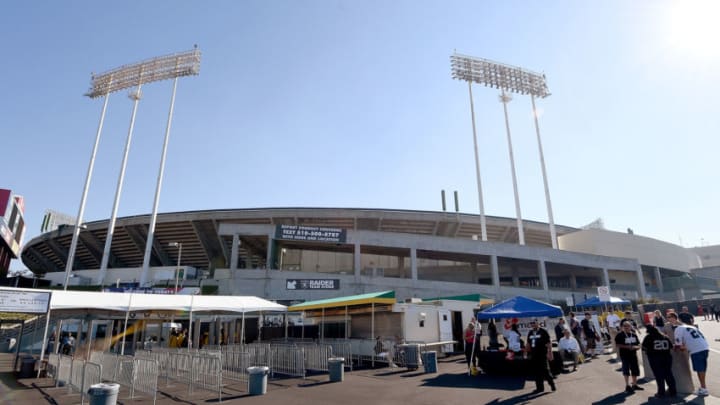
For all the majesty of MLB ballparks, some have veered off in the wrong direction. Here are five that have gone the wrong way.
Five worst MLB Ballparks for 2018.
So much of the beauty of Major League Baseball comes from their ballparks.
Regal places which bind generations of families together with the smell of green grass, stale beer and quality baseball on a perfect field, with the idyllic setting straight out of a Norman Rockwell painting or John Updike story.
Oh, those floodlights, a freshly steamed hot dog, and your favorite pitcher warming in the outfield. Can you get more schmaltzy? Sure, catch a foul ball, and the experience is perfect.
Yep. That is what baseball sells you. MLB ballparks act as the linchpin for a wonderful evening a sober you will never forget. Just thinking about those nights brings back memories of peanuts and wafting cigar smoke.
OK. Nice moment over. Although MLB has a few true palaces left, this article is not talking about those. No, sir. Nope, instead, we will focus on the five-worst stadiums in MLB.
You can still have a good time at these places, but they are mixed with silence from empty seats or an empty wallet. Sterile comes to mind. Places built for baseball, football, basketball, hockey and whatever rinky-dink event to fill calendar dates. Aunt Gertie’s flower swap? Sure Gate 4 and admission is five bucks.
Remember, every list is subjective. Ease of getting around, comfort level at games and how natural the experience are the main factors. How good the team is, is not. Bad clubs play in masterpieces; good squads make you suffer from bad fields.
This is not about fan bases. Every club has good and awful ones that either add or detract from the overall enjoyment. Ownership groups are another story. Crass commercialism can turn a monument into an eye-sore.
With the flame-resistant suit within reach, here are the five worst MLB ballparks in the majors in 2018.
